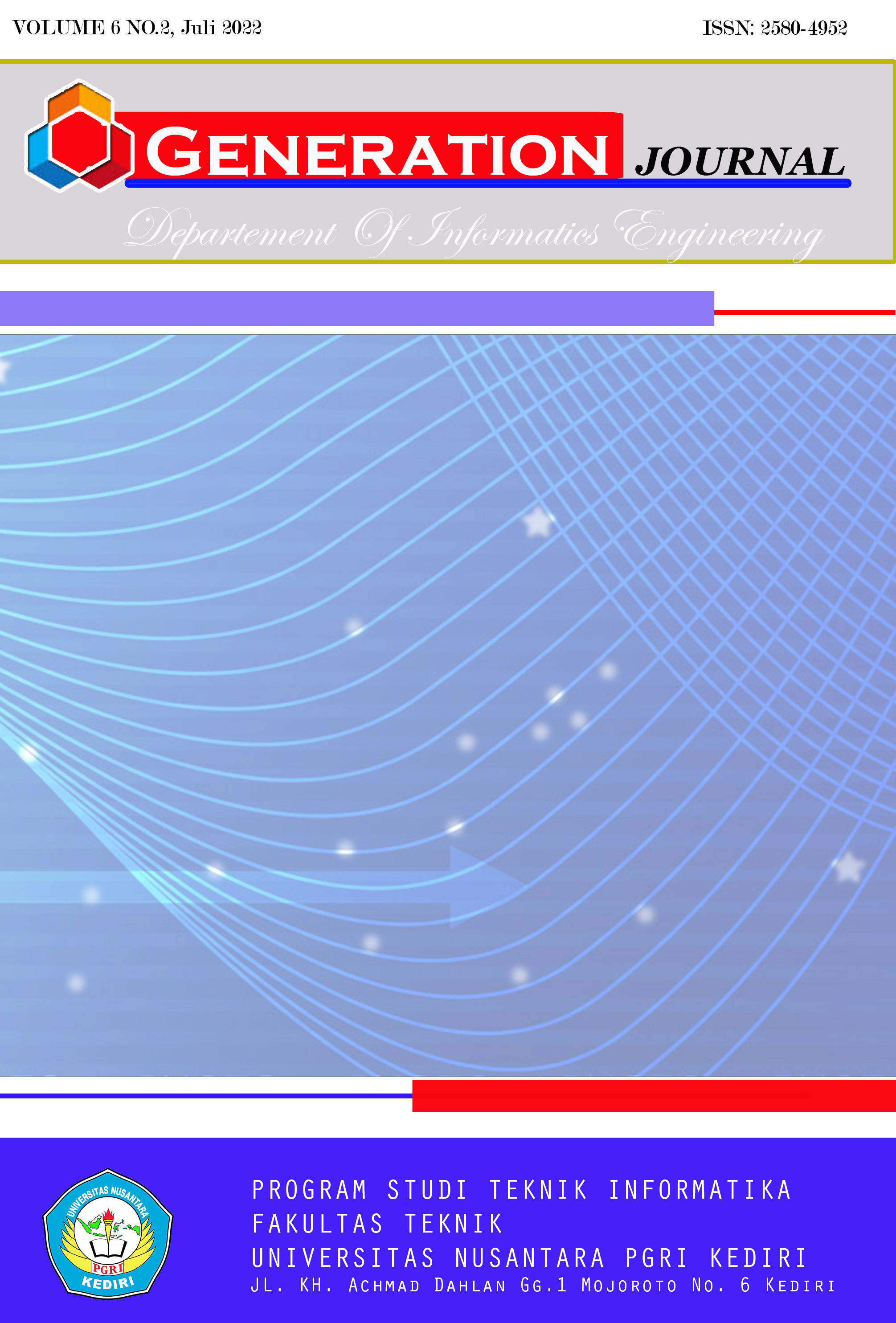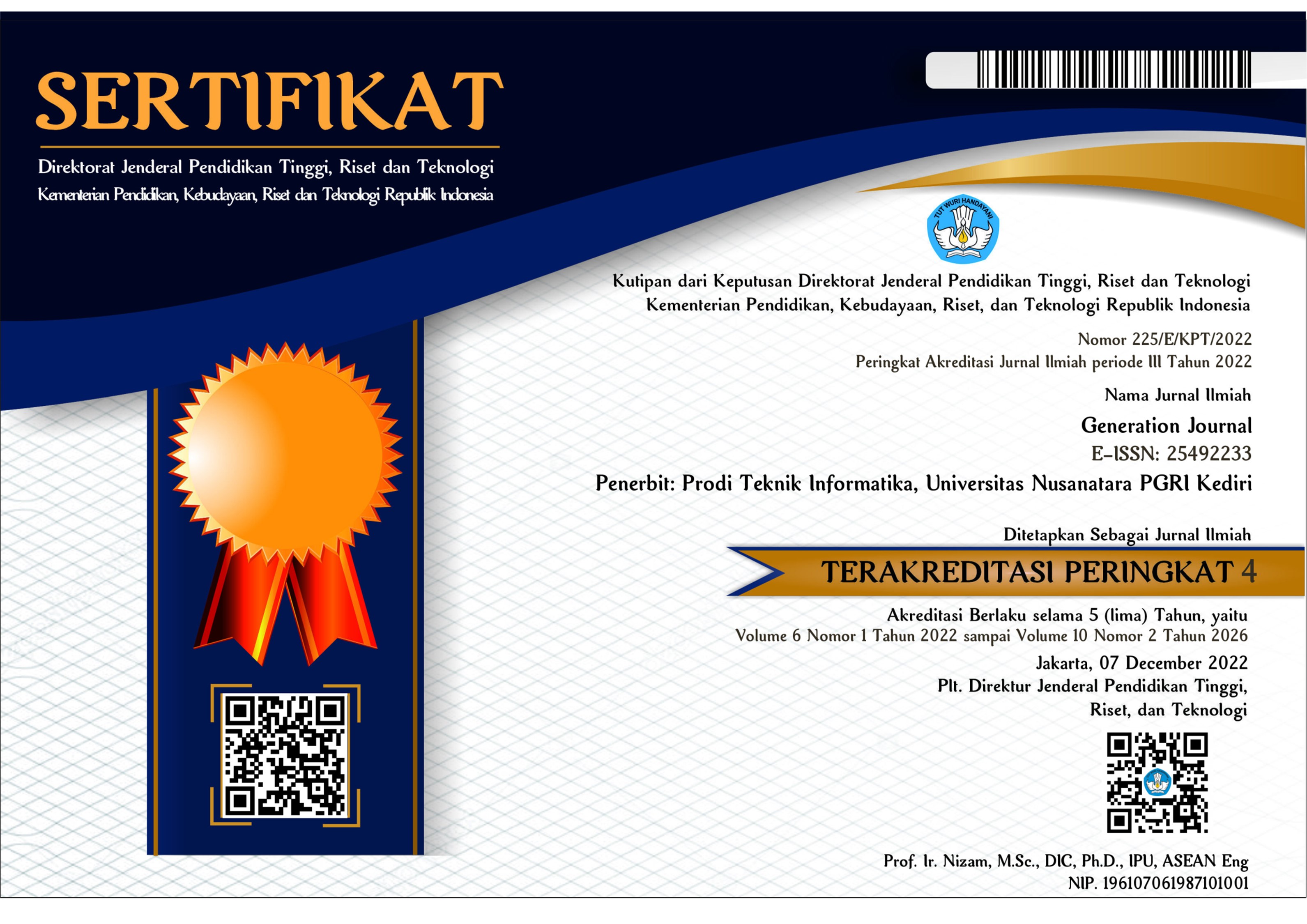Analisis Malware Ahmyth pada Platform Android Menggunakan Metode Reverse Engineering
DOI:
https://doi.org/10.29407/gj.v6i2.17749Keywords:
Ahmyth, Analisis, Android, Engineering, ReverseAbstract
Android is the most widely used operating system in the world with a percentage of 74.82% in the Android operating system market share. This fact makes malicious software (malware) developers make mobile phone users with the Android operating system the main target for malware attacks. Attackers can change the application code by entering malicious code, repackaging the application, and publishing the application on the android application market. This study aims to find out how the malware that has been inserted into the android application works by using dynamic analysis and extracting the dangerous licenses used by the ahmyth malware by using reverse engineering techniques. The results of the analysis show that the ahmyth malware will run its service after the device restarts and waits for commands from the C&C server to perform certain actions on the infected device.
References
[2.] Yesi Novaria Kunang “Analisis Forensik Malware Pada Platform Android”( 2014). Konferensi Nasional Ilmu Komputer (KONIK) 2014 ISSN : 2338-2899
[3.] Triawan Adi Cahyanto “Analisis dan Deteksi Malware Menggunakan Metode Malware Analisis Dinamis dan Malware Analisis Statis” (2017). JUSTINDO, Jurnal Sistem & Teknologi Informasi Indonesia, Vol. 2, No. 1, Februari 2017
[4.] Shabtai, A., Kanonov, U., Elovici, Y. et al. J Intell Inf Syst (2012) 38: 161. https://doi.org/10.1007/s10844-010-0148-x. Deutsche Telekom Laboratories at Ben-Gurion University, Department of Information Systems Engineering, Ben-Gurion University, Be’er Sheva 84105, Israel
[5.] Muhammad Habibi “Implementation Of Malware Detection Service On Android” (2017) ISSN : 2442-5826 e-Proceeding of Applied Science : Vol.3, No.3 Desember 2017 | Page 1839
[6.] Fan Yuhui “ The Analysis of Android Malware Behaviors “ (2015), International Journal of Security and Its Applications Vol. 9, No. 3 (2015), pp. 335-346, http://dx.doi.org/10.14257/ijsia.2015.9.3.26
[7.] Vibha Manjunath, "Reverse engineering of Malware on Android" sans.org, Aug31, 2012. [Online]. available: https://sansorg.egnyte.com/dl/8zCSqZACzb
[8.] Van der Veen, Victor. (2013). Dynamic Analysis of Android Malware. 10.13140/2.1.2373.4080. VU University Amsterdam, Faculty of Sciences, Department of Computer Sciences, Internet & Web TechnologyM aster thesis ,
[9.] Kapratwar, Ankita, "Static and Dynamic Analysis for Android Malware Detection" (2016). Master's Projects. 488. DOI: https://doi.org/10.31979/etd.za5p-mqce, https://scholarworks.sjsu.edu/etd_projects/488
[10.] Adenansi, Retno, and Lia Ayu Novarina. "Malware dynamic." JOEICT (Jurnal of Education and Information Communication Technology) Volume1, Nomor1, Tahun2017:37–43, https://jurnal.stkippgritulungagung.ac.id/index.php/joeict/article/view/91/54
Downloads
Published
Issue
Section
License
Authors who publish with this journal agree to the following terms:
- Copyright on any article is retained by the author(s).
- The author grants the journal, the right of first publication with the work simultaneously licensed under a Creative Commons Attribution License that allows others to share the work with an acknowledgment of the work’s authorship and initial publication in this journal.
- Authors are able to enter into separate, additional contractual arrangements for the non-exclusive distribution of the journal’s published version of the work (e.g., post it to an institutional repository or publish it in a book), with an acknowledgment of its initial publication in this journal.
- Authors are permitted and encouraged to post their work online (e.g., in institutional repositories or on their website) prior to and during the submission process, as it can lead to productive exchanges, as well as earlier and greater citation of published work.
- The article and any associated published material is distributed under the Creative Commons Attribution-ShareAlike 4.0 International License














